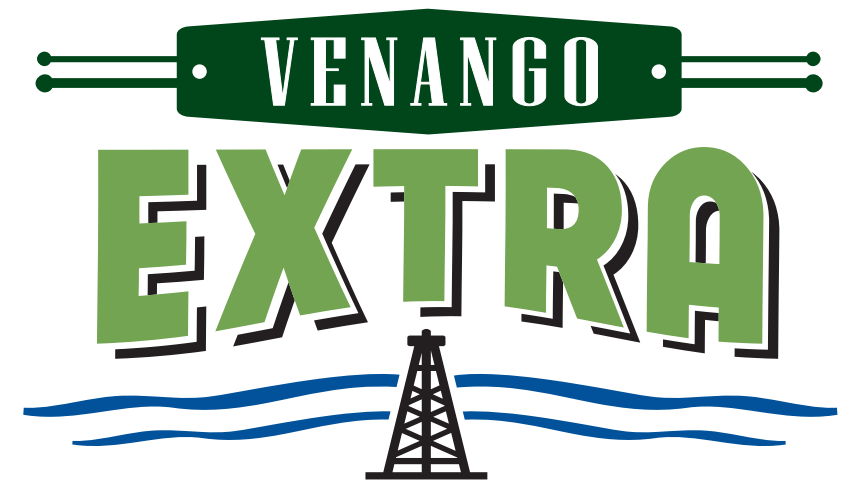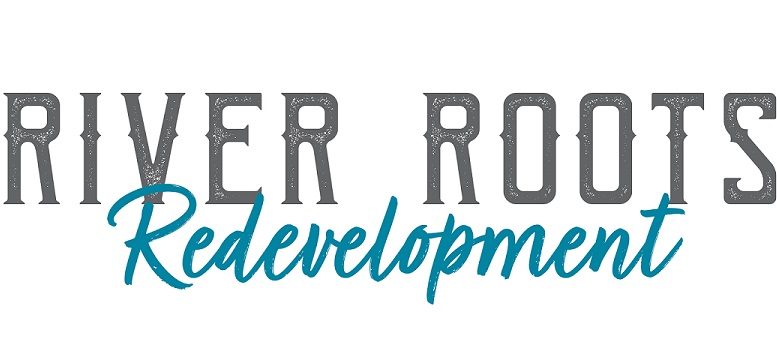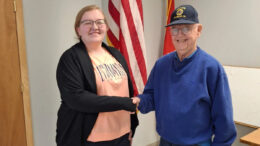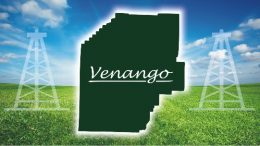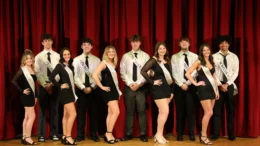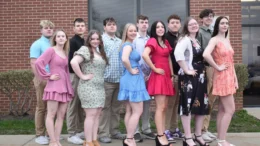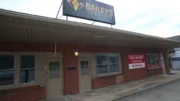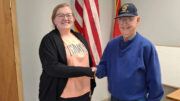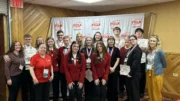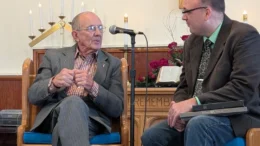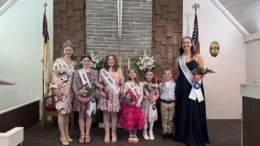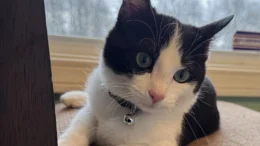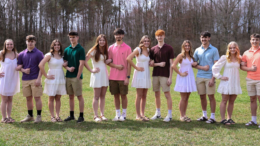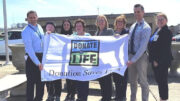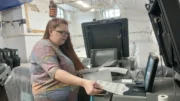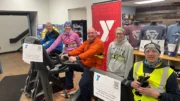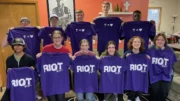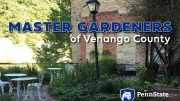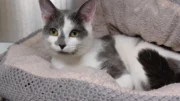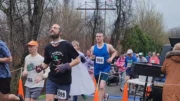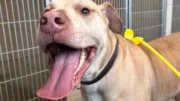You probably see them every day. They’re in every town, sometimes on almost every street. The houses with peeling paint, sagging roofs, and yards where the weeds have taken over. They’re hard to miss, and if we’re being honest, they can feel like a thorn in the side of an otherwise beautiful street, but here’s the thing—what looks like a challenge is also an incredible opportunity.
But here’s something else we all know: life happens. Families move away, health challenges arise, or hardships make it difficult to keep up a home. A house that once held so much pride starts to slip through the cracks. It’s easy to point fingers, but most of us also understand that behind every blighted house, there’s a story we don’t know.
The good news is that the story doesn’t have to end there. Each blighted property is a chance to impact and improve. Every repair, every cleanup effort, every revitalized home can transform not just a single property but an entire neighborhood, little by little. Blight remediation—the act of cleaning up and repairing properties that have fallen into disrepair—isn’t about making things “look nice” (though that doesn’t hurt)—it’s about creating momentum, sparking hope, and building a stronger community from the ground up. Every small step forward makes a bigger difference than you might imagine, creating ripples.
Here’s what that transformation can look like:
A Boost to Local Pride: A freshly restored home does more than brighten a block—it lifts spirits. When one house gets a makeover, it’s contagious. Neighbors start planting flowers, tidying their sidewalks, and taking pride in their surroundings. A single home can set off a chain reaction of care and community.
Stronger Property Values: This is where the numbers come in. A well-maintained property raises the value of the homes around it. For small towns like ours, every uptick in value matters—whether it’s for someone trying to sell their house or for folks just looking to build a little equity.
Seeds of Future Growth: Let’s face it—businesses aren’t lining up to invest in places where the buildings look forgotten. But when our streets show care and life, they send a clear message to businesses and investors: this is a place worth believing in. Each house we restore is a step toward bringing new opportunities, jobs, and energy into our community.
The work we’ve started at 403 W 2nd Street is just the beginning. Yes, it’s a big project, but with each passing day, progress becomes more visible, and the possibilities become more real. I hope you’ll keep watching this space, because there’s so much more to come.
Fixing up blighted spaces isn’t quick, and it isn’t always easy. But it’s worth it and it matters. It matters for the families who live here today, for the neighbors who will benefit tomorrow, and for the legacy we leave for future generations.
We’re not solving everything overnight—but we’re starting. And sometimes starting is the hardest part! And with every step forward, we’re showing that change is possible, one home and one community at a time.
Want to keep the conversation going? Whether you want to learn more about this initiative, explore our other ongoing efforts, or get involved and share your input, we’d love to connect with you! Reach out anytime via email at rachel@riverrootsredevelopment.org. Be sure to visit our website at riverrootsredevelopment.org and follow us on Facebook (@PellereFoundation, @RiverRootsRedevelopment) for the latest updates. Plus, keep an eye out—our Community Coffee Chats return after the new year! These casual gatherings are a great opportunity to learn more about local projects and exchange ideas with others passionate about redevelopment.
——————-
Rachel Brosnahan is the Community Engagement Coordinator for River Roots Redevelopment. She can be reached by email at rachel@riverrootsredevelopment.org.
